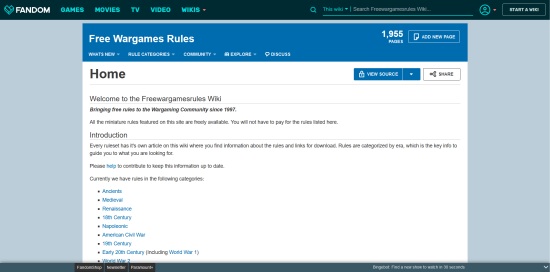
The Portuguese Amphibious Assault on Conakry, 1970
56 pages. Black-and-white illustrations throughout; 4 pages of color plates. Guide to abbreviations, introduction, notes, bibliography, author's note.
In 1970, an autocratic Portuguese government faced insurgencies (independence movements) in three African colonies. Guinea Bissau was fighting an enemy that could easily retreat to foreign bases, and was supported by a neighboring Communist regime in the Republic of Guinea.
A bold plan was proposed – Operation Mar Verde (Green Sea) – to use Portuguese naval forces to launch an amphibious assault on Conakry, capital of the Republic of Guinea. The initial goals were to rescue Portuguese prisoners and eliminate Soviet-supplied torpedo boats in the port, but the plan escalated to use deniable forces to overthrow the Communist government.
Although Portugal would deny any involvement in the operation, the author discusses the evidence for operational planning and the creation of the amphibious force (including weapons acquired from Eastern Europe!), and the ignorance of enemy capabilities.
This book relates what happened with each of the amphibious groups, the confusing situation with airpower (Conakry was out of range of Portuguese aircraft, so it was essential to knock out the Soviet-supplied MiGs), and the equally problematic issue of raising revolution and capturing enemy leaders.
The book concludes with events in Guinea Bissau and the continuing guerilla war, up to the fall of the Portuguese dictatorship.
The color pages include depictions of aircraft, infantry and ships; and provide two maps.
The author is Portuguese, and though his English skills are quite good, the text could have used more editing. Readers without a background in Portuguese colonialism might be lost in the first chapter, but the author provides needed explanations in the second chapter.
The author provides some analysis of the operation, which was both a complete success (the Portuguese had complete control of the city) and a complete failure (the force withdrew when unable to eliminate the MiGs). He correctly ascribes the error to incorrectly prioritizing objectives, but should have said more about the conflict between commanders (the commander on scene seemed motivated to accomplish only some of the goals that were in the final plan).
Can you wargame it? You could certainly use the concept to inspire a fictional campaign, but the historical operation resulted in a complete rout for the unorganized, untrained defenders (who did not even have access to their own weapons!).
This is an interesting discussion both of an interesting military operation and of the guerilla war in general. Recommended.
Reviewed by ![]() Editor in Chief Bill
Editor in Chief Bill ![]()
![]() .
.









